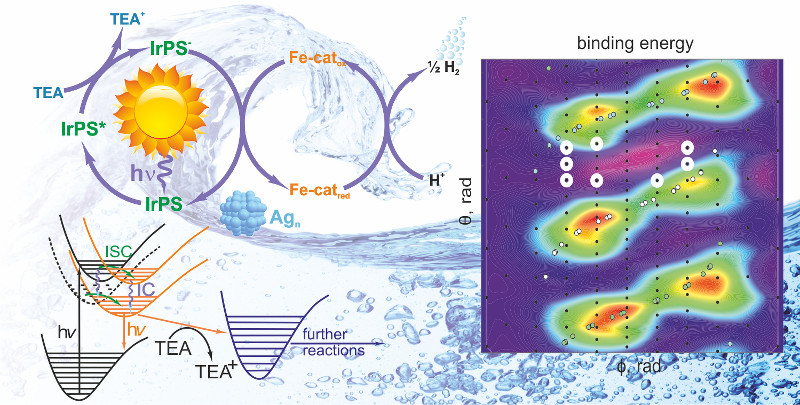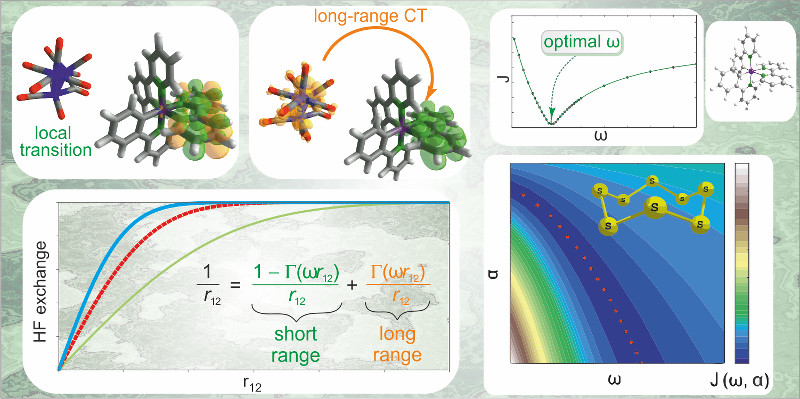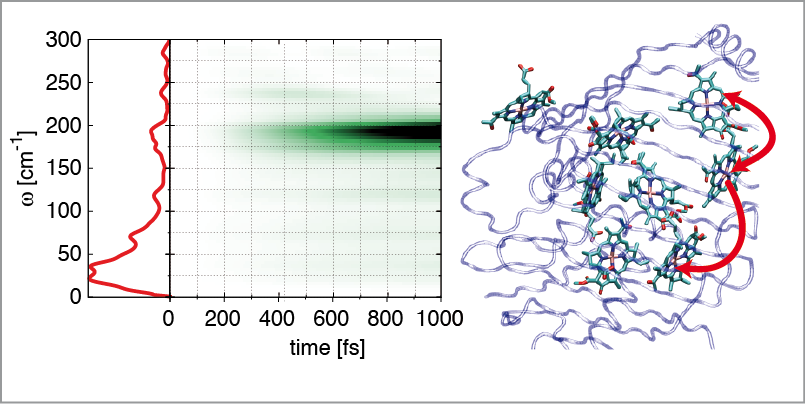Photophysics and Photochemistry
„Learning from Nature“ is a common theme in the natural sciences. The ingenious machinery of photosynthesis is particularly attractive as it has evolved to efficiently convert the sun light into chemically usable energy. Can we mimic natural photosynthesis to open the door to an unlimited energy source? Do we need to copy just structural elements into man made supramolecular architectures? How important is the interplay between structure and dynamics for the realization of function? Finally, did Nature restrict itself to the classical laws of Physics or did Quantum Mechanics provide some advantage?
A quantum dynamical description of a system as complex as a light-harvesting antenna protein or articifical supramolecular architectures provides quite a challenge. Models have to be developed, which incorporate results from experiments as well as from atomistic simulations. Density matrix theory is the method of choice for dynamics simulations in condensed phases. With the recent development of efficient non-Markovian and non-perturbative approaches one is in the position to follow the quantum dynamics of the electronic excitations numerically exactly, which facilitates a test of models without invoking further approximations. An alternative, which provides direct access to the the wave function, is the multi-layer multi-configuration time-dependent Hartree approach (ML-MCTDH). It allows to unravel the details of the nonequilibrium dynamics of coupled exciton-vibrational dynamics.
| Photocatalysis | Nanoparticles in photocatalysis |
|---|---|
 |
 |
| Optimally-tuned range-separated density functionals | Frenkel Excitons |
 |
 |